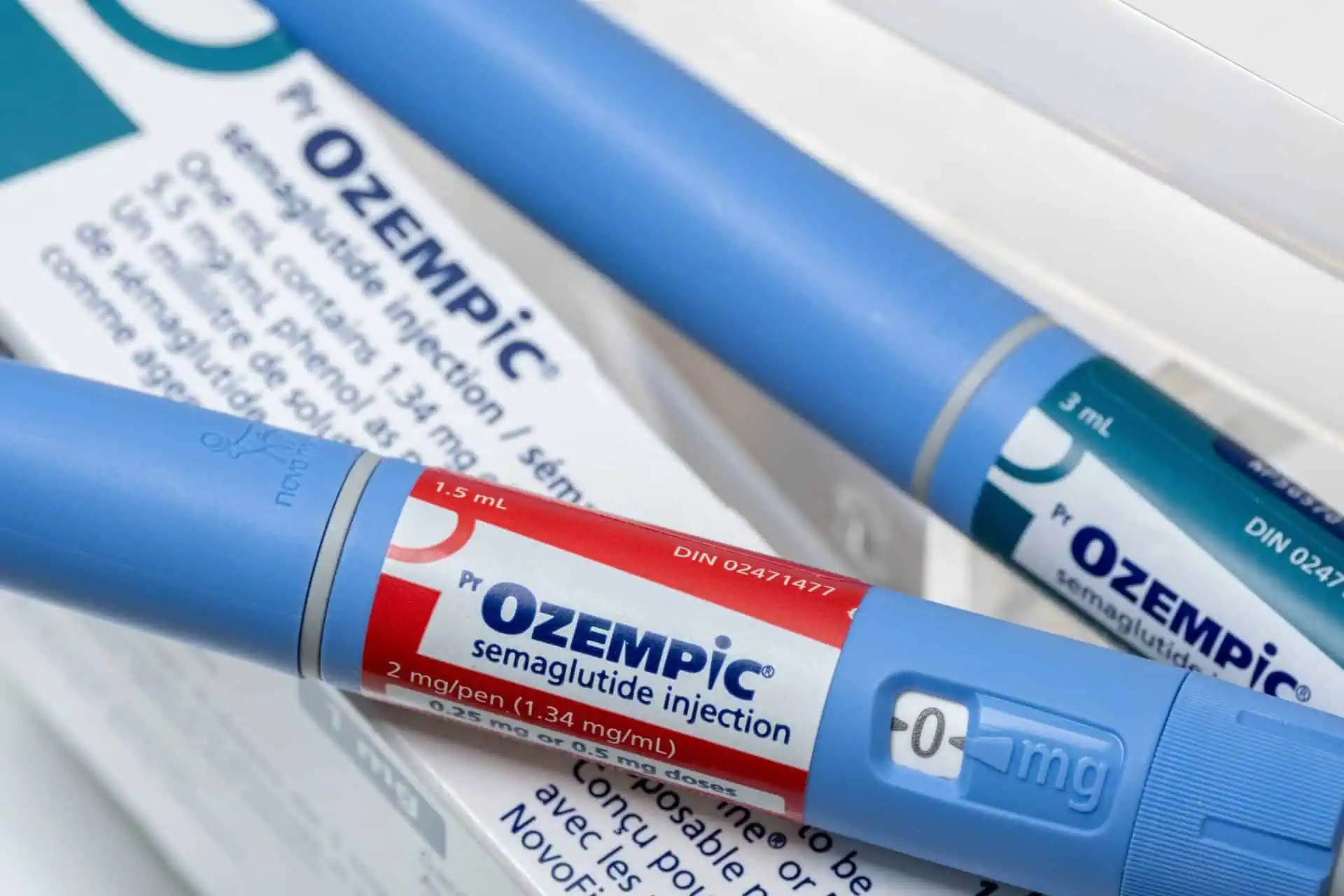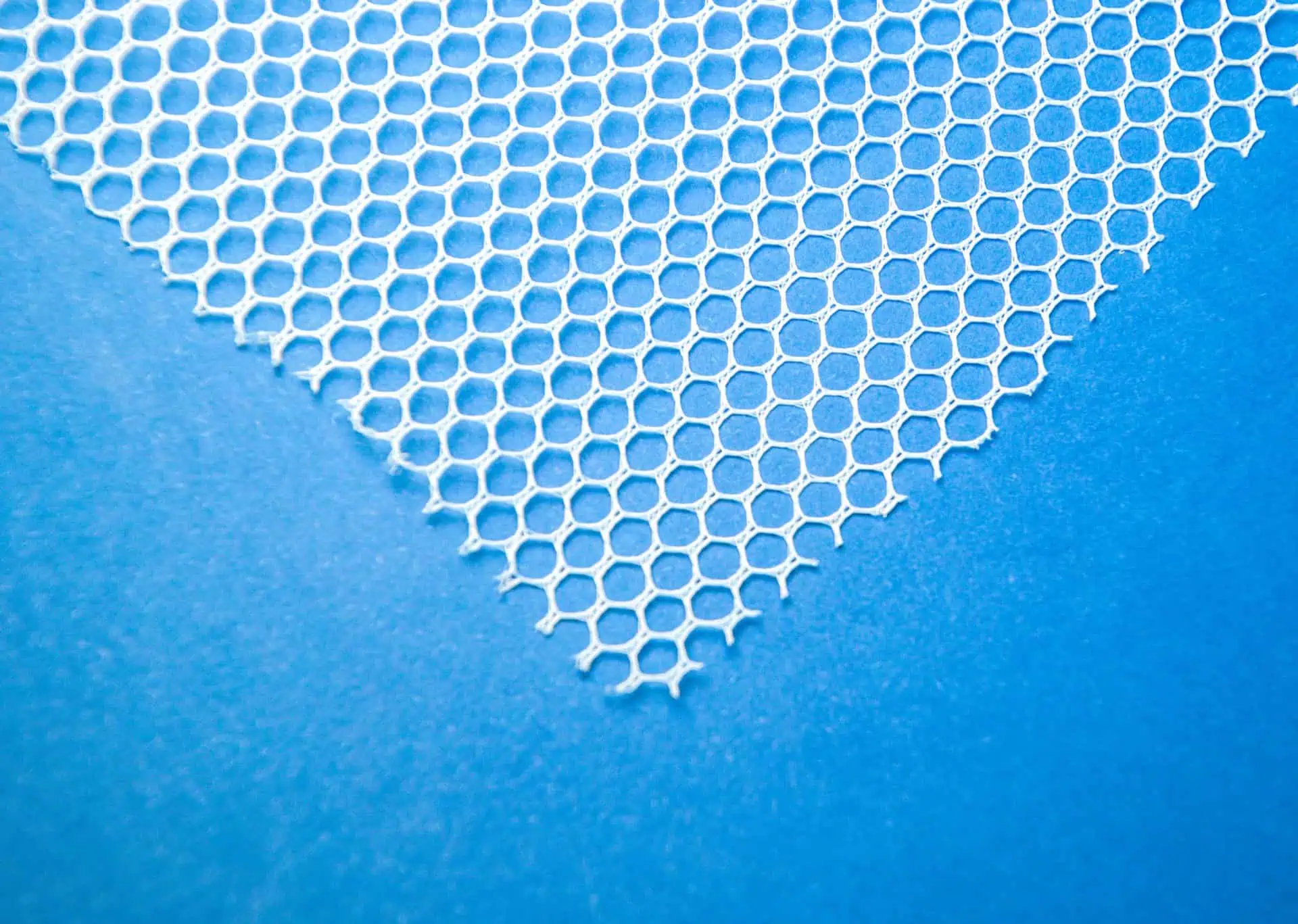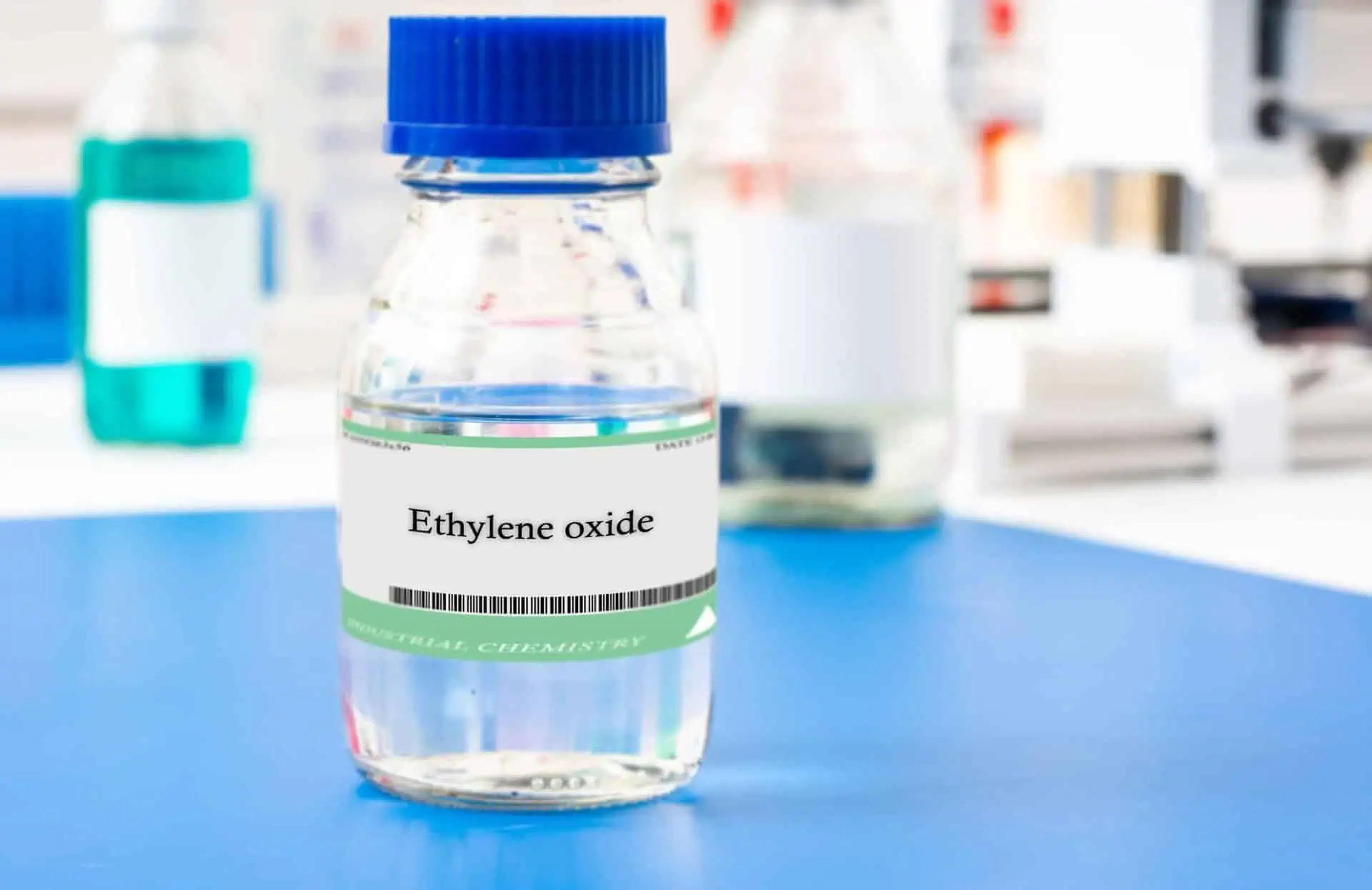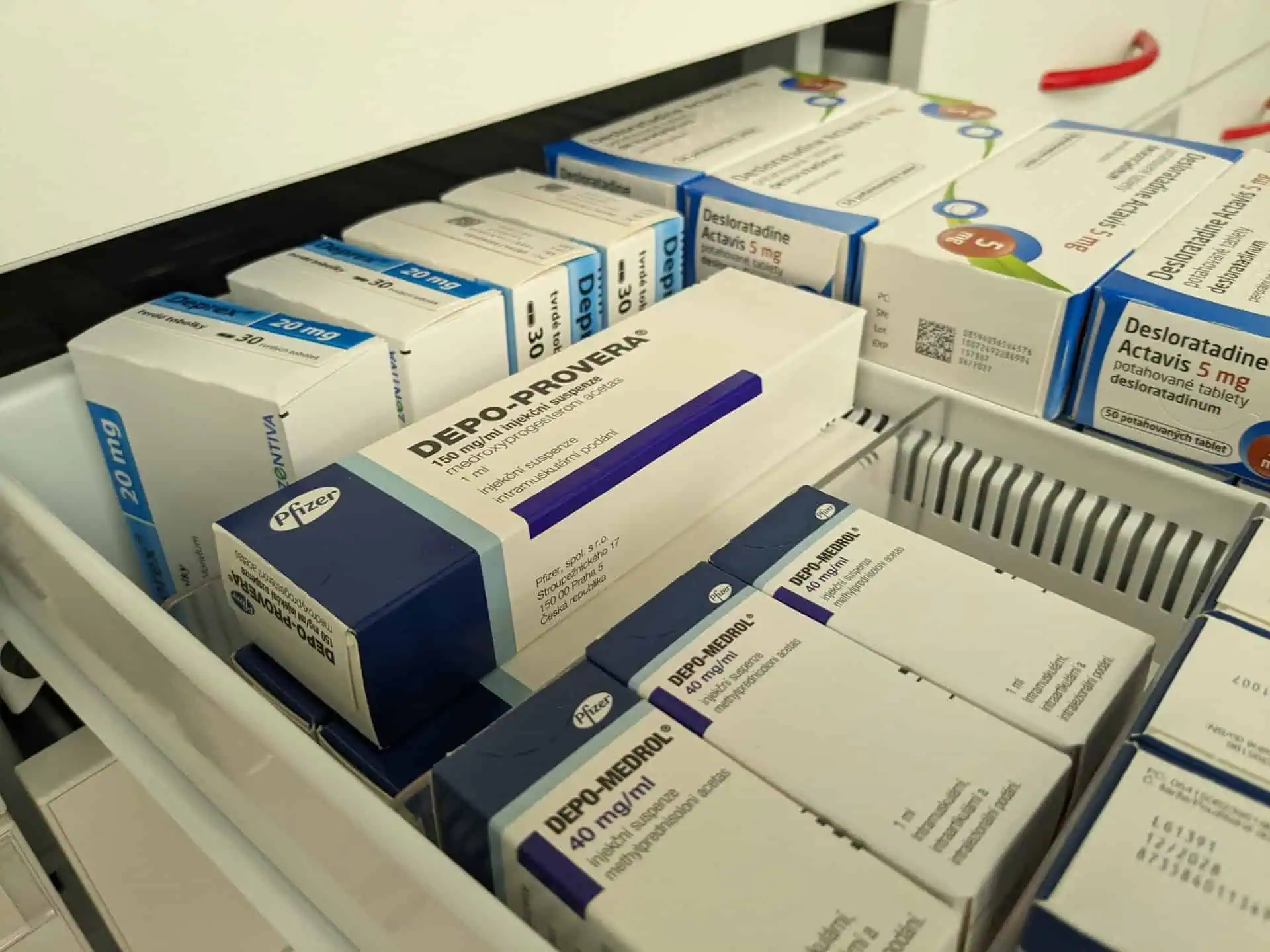Cook IVC Filter Cases Entering Discovery Pool
- Last Updated: August 10th, 2023

Attorney Jessica Paluch-Hoerman, founder of TruLaw, has over 28 years of experience as a personal injury and mass tort attorney, and previously worked as an international tax attorney at Deloitte. Jessie collaborates with attorneys nationwide — enabling her to share reliable, up-to-date legal information with our readers.
Legally Reviewed
This article has been written and reviewed for legal accuracy and clarity by the team of writers and legal experts at TruLaw and is as accurate as possible. This content should not be taken as legal advice from an attorney. If you would like to learn more about our owner and experienced injury lawyer, Jessie Paluch, you can do so here.
Fact-Checked
TruLaw does everything possible to make sure the information in this article is up to date and accurate. If you need specific legal advice about your case, contact us by using the chat on the bottom of this page. This article should not be taken as advice from an attorney.
Cook IVC Filter Cases Entering Discovery Pool
The parties to the Cook IVC filter lawsuits are now in the process of selecting cases that will go into a discovery pool and from this pool, four cases will be chosen for bellwether trials.
These early trials are conducted to help the parties determine how juries will react to the evidence and to facilitate settlement negotiations.

The Cook IVC filter multidistrict litigation (MDL) was established in October 2014 in the Southern District of Indiana.
The lawsuits consolidated into the MDL make similar allegations, including:
- The companies failed to let patients know that IVC filters are prone to breakage, tilting, and migration from the initial insertion position.
- Migrating filters may puncture the lungs, heart, or inferior vena cava, causing serious and even fatal injuries.
Table of Contents
What are IVC Filters?
IVC filters are medical devices placed between the proximal vessels of the lower extremities and the right side of the heart to help prevent pulmonary embolism by catching blood clots and preventing them from traveling to the lungs.
Over the past 30 years, the use of the IVC filter has steadily increased.
While around 2,000 filters were implanted in patients in the U.S. in 1979, by 1990, over 120,000 IVC filters had been placed, and at the end of the decade, nearly 50,000 IVC filters were being implanted each year.
IVC filters have been linked to life-threatening complications including migration, fraction and perforation, leading to embolism, organ damage and death.
Manufacturers of these devices are facing a growing number of over injuries caused by the implants.
Adverse Reports
Since 2005, the U.S. Food and Drug Administration (FDA) has received more than 900 reports of adverse events connected to IVC filters.
Common complications associated with IVC filters left in the body for long periods of time include:
- The progression of DVT
- Recurrent PE
- Filter migration
- Tilt, break, or embolism
- IVC perforation or occlusion
According to the FDA, the majority of IVC filters are not retrieved, and their benefits continue to make them a frequent choice for doctors and patients, despite the risk of increased fracture, embolism, and IVC wall penetration.
Yale Study Finds IVC Filters Widely Used, Benefits Uncertain
A new study conducted by Yale School of Medicine researchers shows that the utilization rates of inferior vena cava (IVC) filters vary widely across different regions of the U.S., and is being used in nearly one in six patients, although the best use of the technology remains uncertain.
The Yale team studied over 550,000 Medicare fee-for-service beneficiaries age 65 or older who had been hospitalized for pulmonary embolism between 1999 and 2010.
Researchers found a frequent and increased use of IVC filters in patients with pulmonary embolism over time, even as death from pulmonary embolism decreased during the same period, regardless of whether IVC filters were used or not.
They noted that the 30-day death rate in patients both with and without IVC filters decreased during that time period, raising questions about the best use of this controversial technology.
Of the 556,658 persons studied, more than 15 percent had received an IVC filter.
Head researcher Dr. Behnood Bikdeli commented that IVC filters might be indicated for a select group of patients, but not for such a widespread use, given that the procedure is often costly and not without complications.
We really need good comparative effectiveness studies to determine which patients may benefit from IVC filters, he said.

Managing Attorney & Owner
With over 25 years of legal experience, Jessica Paluch-Hoerman is an Illinois lawyer, a CPA, and a mother of three. She spent the first decade of her career working as an international tax attorney at Deloitte.
In 2009, Jessie co-founded her own law firm with her husband – which has scaled to over 30 employees since its conception.
In 2016, Jessie founded TruLaw, which allows her to collaborate with attorneys and legal experts across the United States on a daily basis. This hypervaluable network of experts is what enables her to share the most reliable, accurate, and up-to-date legal information with our readers!
Here, at TruLaw, we’re committed to helping victims get the justice they deserve.
Alongside our partner law firms, we have successfully collected over $3 Billion in verdicts and settlements on behalf of injured individuals.
Would you like our help?
At TruLaw, we fiercely combat corporations that endanger individuals’ well-being. If you’ve suffered injuries and believe these well-funded entities should be held accountable, we’re here for you.
With TruLaw, you gain access to successful and seasoned lawyers who maximize your chances of success. Our lawyers invest in you—they do not receive a dime until your lawsuit reaches a successful resolution!
AFFF Lawsuit claims are being filed against manufacturers of aqueous film-forming foam (AFFF), commonly used in firefighting.
Claims allege that companies such as 3M, DuPont, and Tyco Fire Products failed to adequately warn users about the potential dangers of AFFF exposure — including increased risks of various cancers and diseases.
Depo Provera Lawsuit claims are being filed by individuals who allege they developed meningioma (a type of brain tumor) after receiving Depo-Provera birth control injections.
A 2024 study found that women using Depo-Provera for at least 1 year are five times more likely to develop meningioma brain tumors compared to those not using the drug.
Suboxone Tooth Decay Lawsuit claims are being filed against Indivior, the manufacturer of Suboxone, a medication used to treat opioid addiction.
Claims allege that Indivior failed to adequately warn users about the potential dangers of severe tooth decay and dental injuries associated with Suboxone’s sublingual film version.
Social Media Harm Lawsuits are being filed against social media companies for allegedly causing mental health issues in children and teens.
Claims allege that companies like Meta, Google, ByteDance, and Snap designed addictive platforms that led to anxiety, depression, and other mental health issues without adequately warning users or parents.
Transvaginal Mesh Lawsuits are being filed against manufacturers of transvaginal mesh products used to treat pelvic organ prolapse (POP) and stress urinary incontinence (SUI).
Claims allege that companies like Ethicon, C.R. Bard, and Boston Scientific failed to adequately warn about potential dangers — including erosion, pain, and infection.
Bair Hugger Warming Blanket Lawsuits involve claims against 3M — alleging their surgical warming blankets caused severe infections and complications (particularly in hip and knee replacement surgeries).
Plaintiffs claim 3M failed to warn about potential risks — despite knowing about increased risk of deep joint infections since 2011.
Baby Formula NEC Lawsuit claims are being filed against manufacturers of cow’s milk-based baby formula products.
Claims allege that companies like Abbott Laboratories (Similac) and Mead Johnson & Company (Enfamil) failed to warn about the increased risk of necrotizing enterocolitis (NEC) in premature infants.
Here, at TruLaw, we’re committed to helping victims get the justice they deserve.
Alongside our partner law firms, we have successfully collected over $3 Billion in verdicts and settlements on behalf of injured individuals.
Would you like our help?








